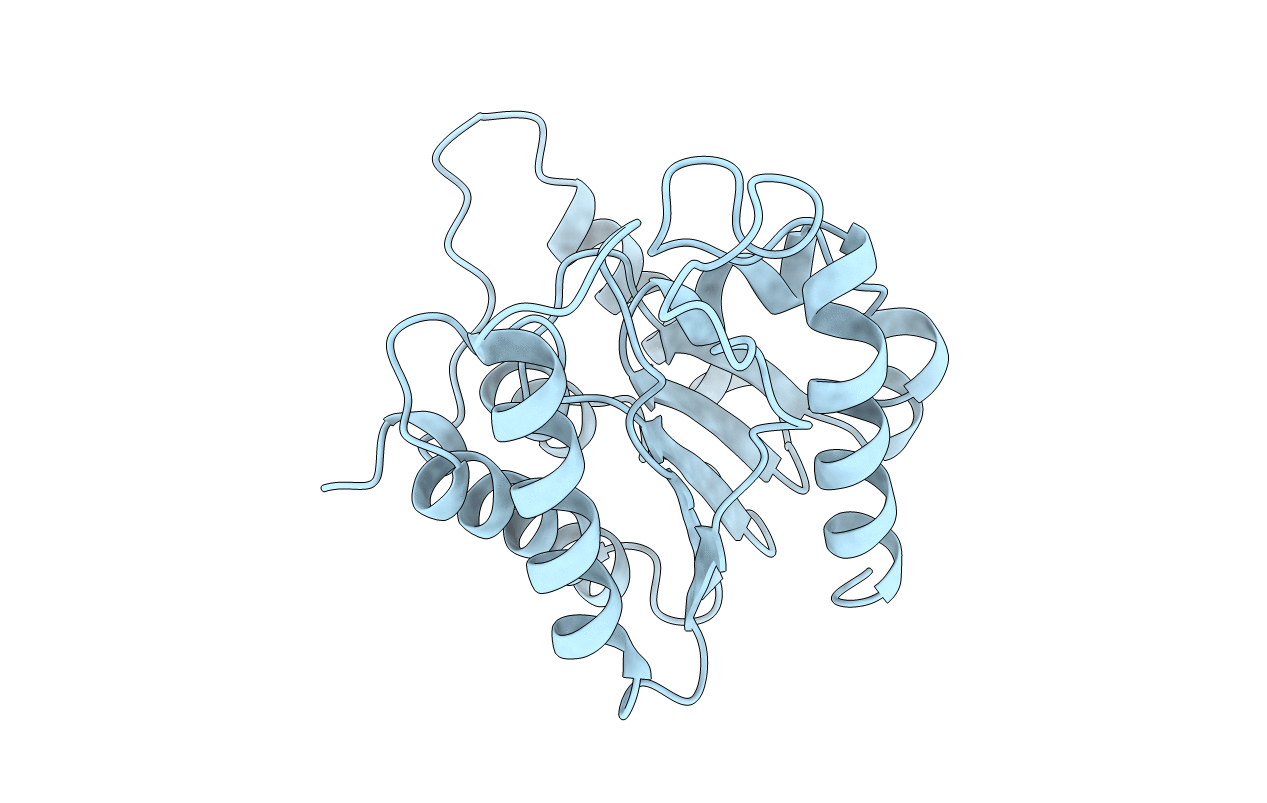
Deposition Date
1998-09-27
Release Date
1999-05-18
Last Version Date
2024-04-03
Entry Detail
PDB ID:
1BWP
Keywords:
Title:
PROBING THE SUBSTRATE SPECIFICITY OF THE INTRACELLULAR BRAIN PLATELET-ACTIVATING FACTOR ACETYLHYDROLASE
Biological Source:
Source Organism:
Bos taurus (Taxon ID: 9913)
Host Organism:
Method Details:
Experimental Method:
Resolution:
2.10 Å
R-Value Free:
0.25
R-Value Work:
0.20
Space Group:
P 31 2 1


